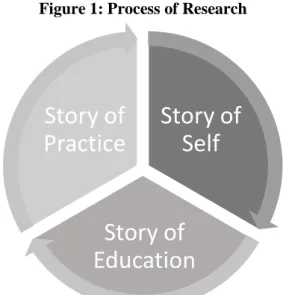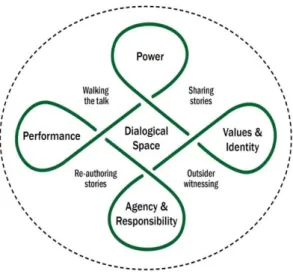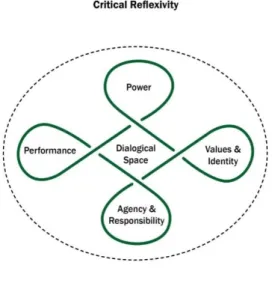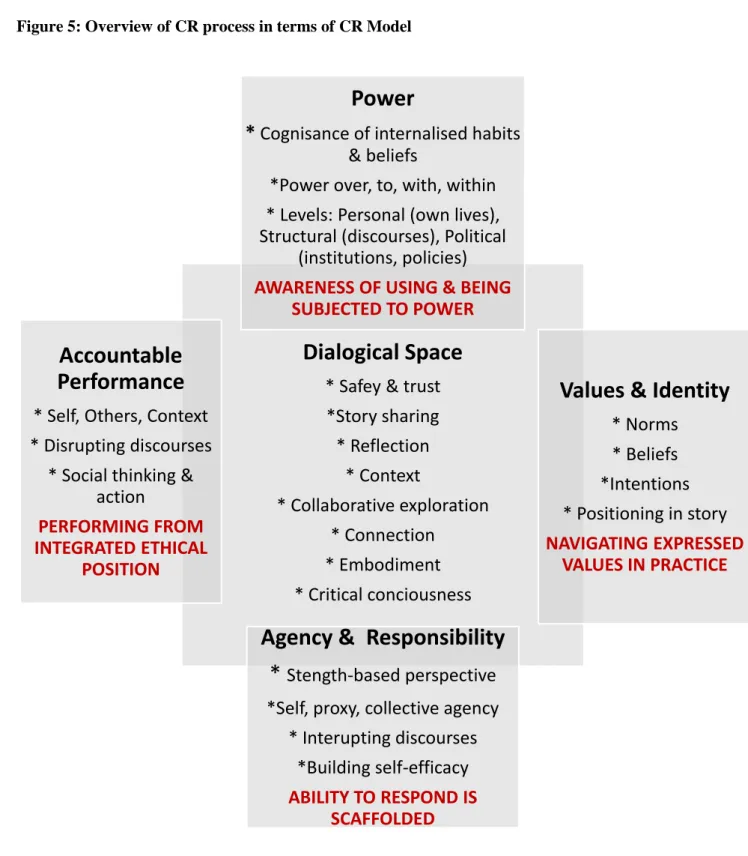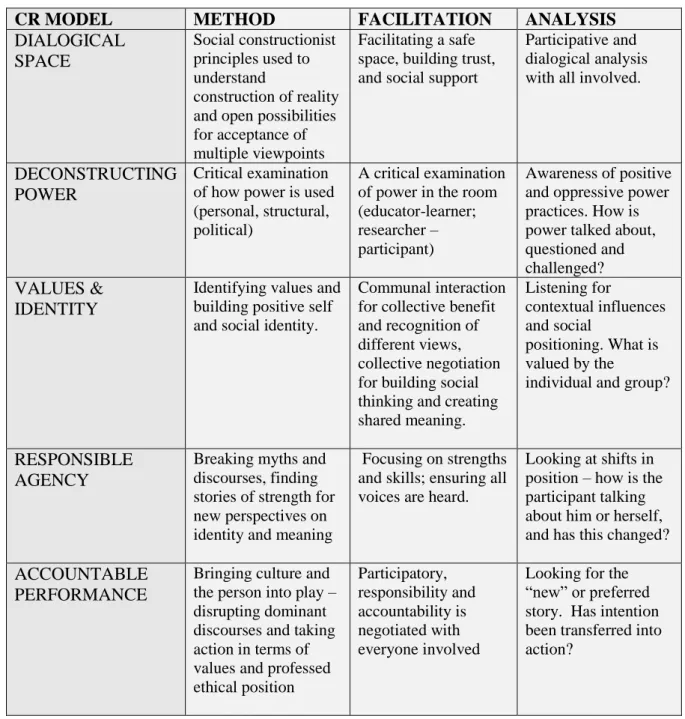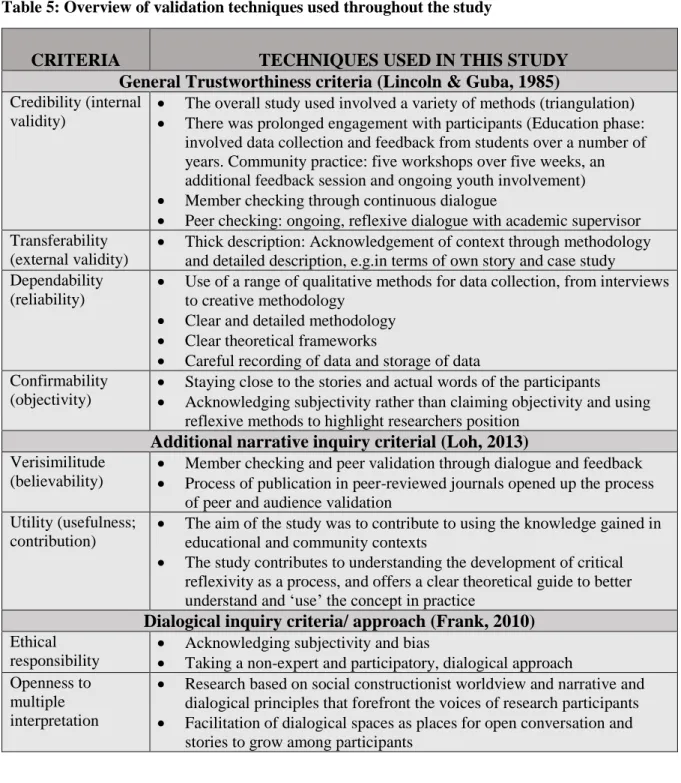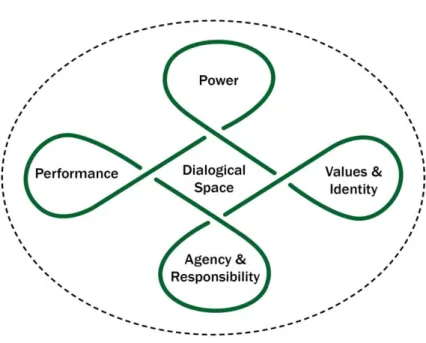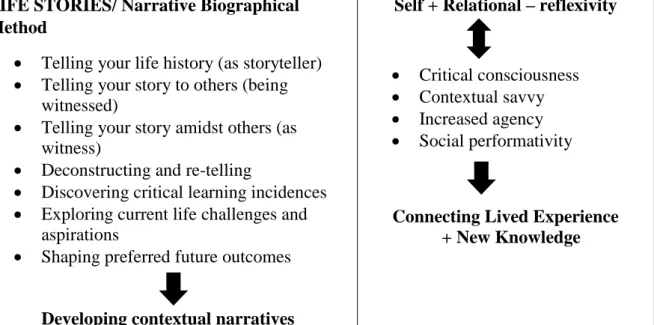Teen participants in the youth program who shared their insights, stories, drama and poetry;. Kassa Barakamfitiye who was a valuable research assistant in the community project giving her time, knowledge and support; and. The study follows a gradual and reflexive research process that explores critical reflexivity at three levels: the self in terms of personal and professional development; in education; and in community practice.
In the last phase, the researcher applies this work in community practice with refugee youth from the Democratic Republic of Congo living in Durban, South Africa. The critical reflexive model is used and developed as a conceptual framework throughout the research, and in the final chapter it is discussed as a theory of change that guides the development of reflexivity, and its value in continuing this work in an accessible way is assessed.
GENERAL INTRODUCTION
Background and context of study
Reflexivity is well recognized as an essential skill in qualitative research and is considered crucial in many disciplines, particularly in relation to the helping or care professions. Bruner (2004) argues that our life narratives are reflexive in nature, as we are both the narrator and the central figure in our stories; and also that they reflect prevailing theories about. That's because we're all capable of telling stories—we do it all the time.
Regarding Bruner's point above, as long as we tell stories about ourselves, so are we. This can be conscious or unconscious (or both), and it can also change over time as how we tell our stories changes in the narrative and with the audience.
Research Objectives and Questions
Problem statement: Where’s the gap?
The study also found that there is little evidence-based guidance for teachers, which is combined with a lack of clarity in the literature regarding a clearly defined conceptualization of the term. White et al., (2006) also give examples of a number of reflective techniques used occasionally, including journaling, online discussions, reflective conversations, case studies, stories, fiction, songs, metaphors and movement. The abundance of literature in this area makes it a complex and diverse field to navigate across disciplines and to apply to specific needs, not only in terms of the choice of specific methods, but also in terms of the different research approaches in which they are used (White et al., 2006).
Leibowitz (2012), as part of the CSI project, focuses specifically on understanding the challenges of the South African educational landscape and the importance of 'citizenship' and educational contributions to the well-being of our society. Bringing personal life stories (context) and dialogue into the learning space is considered one of the ways to create such an 'opportunity' that needs to be evaluated and explored.
Process of research
- Story of Self: An autoethnographic reflexive study
- Story of Education: Bringing context and lived experiences into the learning space
- Story of Practice: Refugee youth as a community of HP practice
This phase of the research focused on my own history of reflexivity and my journey into a new form of knowing through reflexive practice, including life history work, dialogue and poetry. The investigation of this phase of the study is part of a larger project that explores the importance of developing critical reflexivity in education at a tertiary level through the use of narrative metaphor, particularly through the telling, deconstructing, retelling and witnessing of life stories. The research further aimed to find out what contributions the PP module has made to the personal and professional lives of students and to investigate issues related to exploring the potentials that develop from following a participatory, reflexive and relational approach to education.
I focused in this phase on the value of developing critical reflexivity through the deconstruction of life stories in the teaching and learning space to better equip students for personal and professional life, which provides a better understanding of themselves and the complexities of the society in which we make possible. live. The methodology for participatory interventions with youth and the outcomes of the intervention were assessed and evaluated.
Literature Overview
- Introduction
- What is critical reflexivity?
- Why critical reflexivity?
- Researcher reflexivity
- Self-reflexivity
- Critical reflexivity in education and professional practice
- Critical reflexivity in community practice
- Life stories
- Making sense of our lives and our identity
- Stories in context
- From storytelling towards empowerment and agency
- Collective storytelling: From social support to social change
- Connecting Stories and Reflexivity
This is important to increase the credibility of research findings and the rigor or credibility of the study (Faulkner et al., 2016). These ideas and connections are specifically explored in the second phase of the research regarding the development of critical reflexivity in education. 2012) is of the opinion that, despite numerous calls for and recognition of the importance of reflexivity in community psychology, it is rarely evident in practice.
In this sense, reflexivity is important, both as part of the PAR process and for those conducting the research. Sharing stories: telling, retelling and deconstructing life stories + respectfully witnessing the stories of others.
Conclusion: Structure of Thesis
Life stories capture the concept of space and time across generations and help people understand the role of context. I include details of the critical reflexive model that was used as a basis for guiding the research and for developing critical reflexivity in three contexts at different stages of the research: self, education and community practice. This chapter should be seen as an overview of the design and theory used, which is described in more detail in the following chapters in relation to each phase of the research.
The history of education is described in Chapter 4 and includes three articles that focus on developing reflexivity in higher education students and provide further details of the methodology followed during the process. The previous three chapters are brought together in Chapter 6 with a discussion linking the overall findings, including challenges, limitations and future recommendations.
RESEARCH DESIGN AND THEORETICAL FRAMEWORK
- Research Design
- Theoretical Positioning
- Conceptual framework
- Methods and Procedure: Data collection, analysis and presentation
- Creative Methodology
- Reflexive Supervision
- Trustworthiness and responsibility
- Ethical Considerations
- Conclusion
Increasingly throughout the research and especially when I was engaged in the community practice project, I reflected on results and the 'usefulness' of the research. Its use in the other phases of the research is also mentioned in articles in Chapter 3 (Story of self) and Chapter 5 (Story of Practice). For this reason, only an overview of the CR model and the processes involved is given in this section.
This means that there is some overlap in the information, but this is necessary to understand from the outset the general processes followed in the study. In terms of the youth project, participatory action research is considered a way to contextualize research locally and benefit participants (Skovdal & Abebe, 2012).
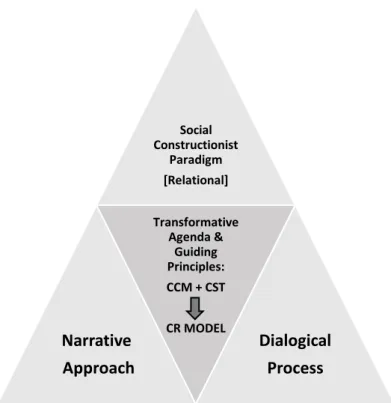
STORY OF SELF
Introduction
Not only is the personal subjective nature of the researcher acknowledged, it is an essential part of the process. The bottom and opening songs were written by each of the co-writers. The findings show that the process of sharing and deconstructing stories in terms of the model helps equip students with.
In this article, we use a critical reflexive lens to focus in particular on the shifts in the participants' experience of the research process through the workshops. A brief analysis of the research process in terms of the Critical Reflexive Framework is summarized below [Fig.
Story of Self: An Autoethnographic reflexive study
Norton: Pathways of Reflection: Creating Voice Through Life Story and
She has guided this process and her voice is part of the poetry that follows. Our understanding of the world derives from our social interaction with each other ("self-in-relation-to-other") rather than from a process of individual cognition (p.129). It can be used as a way of tapping into the unconscious, both of the researcher and the participants, and in the process leads to greater insight (ROGERS, 1993) and depth of human experience (GALLARDO et al., 2009).
It is the beginning of an exploration into different ways of knowing and requires not only the telling of a story, but also an analysis of the experience in terms of theory, reflexive method and research literature. Heuristic research is an attempt to discover the meaning and essence of the phenomenon under investigation through self-reflection and self-discovery (MOUSTAKAS, 1990). I also realized that there are (and will be) different perceptions of the same experience; it will never be seen and felt the same way.
The poem depicts an important part of the process of reflexivity, a conversation through fertile ground that is adventurous yet at the same time. I felt the entanglement of the personal with the professional, in my poetry the inseparability between the two appeared. Overall, this journey has led me to believe in the possibility of growth and hope and acceptance of who I am and the importance of being clear about my subjectivity.
What emerges is awareness of the importance of speaking your truth and understanding that it is only your truth, the process shapes you. Because of the uniqueness of our stories, it is impossible to fully understand someone without stepping into their shoes in some way. In retrospect, I have found that the true value lies in the time the process has taken, how awareness develops with more clarity through dialogue, including feedback from the reviewers of this article, who then also became part of the reflexive process.
STORY OF EDUCATION
Introduction
Exploring the value of using a critical reflexive model in health education
Norton & Sliep: A critical reflexive model: Working with life stories in Health
A case study highlighting research methodology
Norton & Sliep: The archaeology of research methodology: Life stories in education…
From the personal to the professional: Does reflexivity last?
Norton & Sliep: Hindsight and foresight for better insight
Students are invited through a series of deliberately developed experiential exercises to analyze their stories in relation to each aspect of the model. The purpose of this part of the research is to investigate more fully the question of whether such skills are. A full understanding of the self therefore depends on an understanding of our cultural, social and political life (Dirkx 1998).
They identified seven main themes: the difficulty but value of sharing stories; the search for self; diversity; Participants used the images to uncover vivid descriptions of their reflections, and these were coded and analyzed as part of the data [see Fig. ) very closely related to the results (reflexivity results) that were identified in terms of themes.
The achievement of self-awareness was closely linked to a search and/or discovery of the self and was strongly reflected as a positive achievement in the words of participants. Self-awareness and the increased awareness of the importance of connecting with others also translates into better contextual awareness, an ability to see the bigger picture. These words not only reveal a more insightful acceptance of self and other, but go further by realizing that "we all approach life differently" and thereby value and embrace differences - the opposite of "other".
Although not all participants change in the same way and different participants experience aspects of the process in their own unique way, all show some form of realization. In this sense, self-reflexivity, relational and contextual are part of the same dynamic and iterative process envisaged by the practice of moving through the loops. This is envisaged as part of the critical reflexive process in the performance cycle of the model; however, this aspect was evident in the data mainly from only two of the participants.
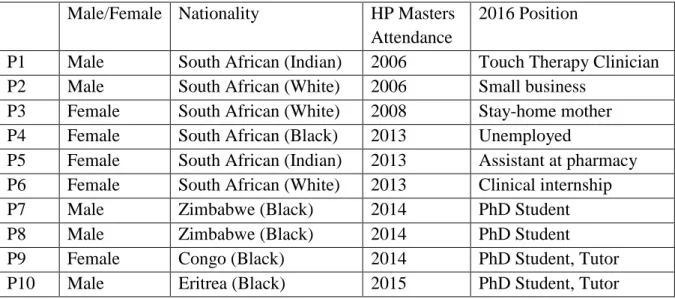
STORY OF PRACTICE
Introduction
Story of Practice: Participatory action research with refugee youth
Norton & Sliep: #WE SPEAK: Exploring the experience of refugee youth through
Dissemination of Results: Keeping the conversation open
SYNTHESIS: DISCUSSION AND CONCLUSION
Introduction: Inter-Connecting Insights
A theory of and for change
The CR Evaluation Guide
- Introduction to the guide
- Purpose and aim of guide
- Development of guide
- The guide in practice
Going Forward: Contribution of thesis and recommendations
Limitations and challenges
On Reflection – What about the dark side?
Conclusion
